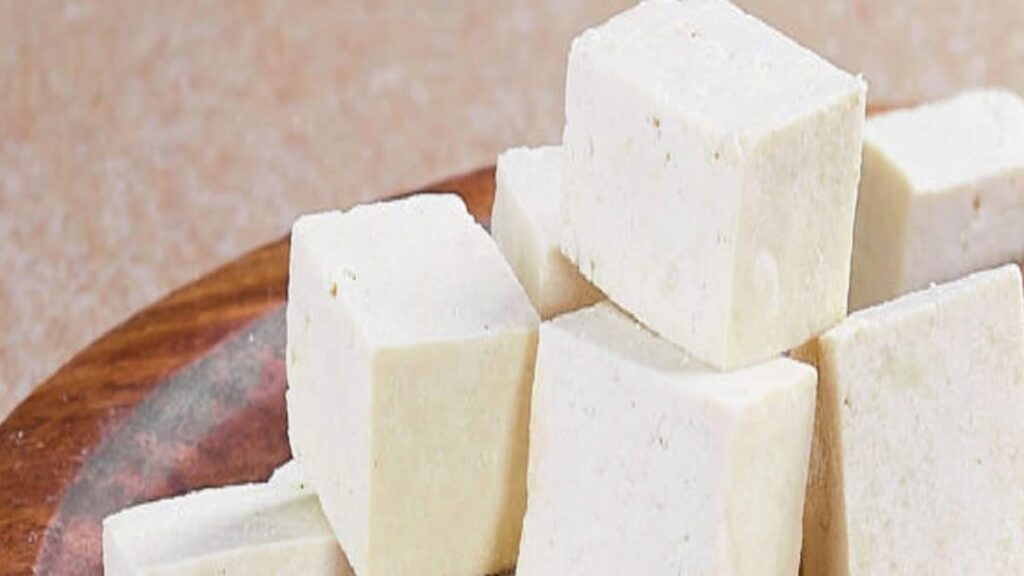As parents, ensuring your child gets the right nutrients is a top priority. Protein is one of the most essential macronutrients for growth and development. However, understanding when and how to incorporate protein into your child’s diet can be tricky.
The Importance of Protein in a Child’s Diet
Priti Korgaonkar, Nutritionist, AS-IT-IS Nutrition, says, “Protein plays a vital role in the growth, repair, and maintenance of tissues in the body. For children, this is particularly important as they are in a continuous state of development. Protein supports muscle growth, hormone production, and immune function, making it a critical component of a healthy diet.
Children aged 4 to 8 need about 19 grams of protein per day, while those aged 9 to 13 require 34 grams. Beyond quantity, though, the timing of protein intake can make a significant difference in how effectively it supports your child’s health.”
Why Protein Timing Matters for Children
Protein timing refers to the strategic consumption of protein at certain times of the day to maximise its benefits. “In adults, protein timing is often linked to exercise recovery and muscle building. For children, it is about ensuring a steady supply of amino acids, the building blocks of protein, throughout the day. This consistent intake supports ongoing growth, learning, and energy levels,” shares Korgaonkar.
Research suggests that spreading protein intake across meals is more effective than consuming a large portion in one sitting. This is because the body can only utilise a certain amount of protein at once. By spacing out intake, your child can absorb and use protein more efficiently.
Korgaonkar shares Best Times to Include Protein in Your Child’s Diet
1. Breakfast: The Foundation of the Day
Starting the day with a protein-rich breakfast is crucial. It stabilises blood sugar levels, improves focus, and provides the energy needed for school or other activities. Some great breakfast options include:
● Eggs: Scrambled, boiled, or in an omelette
● Greek yogurt with fruit and nuts
● Whole-grain toast with peanut butter
● Protein-packed smoothies with milk, nuts, and seeds
These options are easy to prepare and ensure your child begins their day with a nutrient boost.
2. Lunch: Sustaining Energy and Focus
By lunchtime, children are usually halfway through their day and need a protein boost to maintain their energy. A well-balanced lunch with a source of protein can keep their focus sharp and prevent afternoon slumps. Some protein-packed lunch ideas include:
● Grilled chicken or tofu wraps
● Lentil or chickpea salads
● Turkey or ham sandwiches on whole grain bread
● Cottage cheese with vegetables or whole-wheat crackers
These meals will provide sustained energy and help in the recovery and growth of tissues.
3. After-School Snacks: The Power of Protein
After-school snacks can often be sugar-heavy, but incorporating protein can provide a more sustained release of energy, which is particularly helpful if your child is involved in sports or other physical activities. Try these protein-rich snack ideas:
● Hummus with carrot sticks or pita bread
● Cheese slices with apple or cucumber
● Protein bars with nuts and seeds
● Hard-boiled eggs with whole grain crackers
These snacks are convenient and offer a quick, healthy refuel.
4. Dinner: Completing the Day
Dinner should be the final protein hit of the day, ensuring your child’s body has the nutrients it needs for overnight recovery and growth. Balance protein with complex carbohydrates and healthy fats for a well-rounded meal. Dinner options include:
● Grilled fish or lean beef with quinoa or brown rice
● Black bean or chickpea curry with whole-wheat naan
● Baked tofu or tempeh with roasted vegetables
● Lentil soup with whole grain bread
These meals provide high-quality protein to support muscle repair and growth overnight.
Best Sources of Protein for Children
The quality of protein matters just as much as the timing. Including a variety of high-quality protein sources ensures that your child gets all the essential amino acids their body needs. Here are some of the best protein sources for children:
● Animal-Based Proteins: Chicken, fish, eggs, dairy products (milk, cheese, yogurt), lean beef, and turkey.
● Plant-Based Proteins: Beans, lentils, tofu, tempeh, quinoa, chickpeas, and nuts.
If your child follows a vegetarian or vegan diet, it’s important to mix and match different plant-based proteins to ensure they are getting a complete set of amino acids.
Optimising Protein Absorption
To make the most of the protein your child consumes, pair it with foods rich in vitamins and minerals that aid absorption. For instance, combining iron-rich foods like spinach or beans with vitamin C-rich foods like oranges or bell peppers enhances iron absorption.
Moreover, ensure your child stays hydrated throughout the day, as water plays a critical role in nutrient transport and digestion.
Common Mistakes to Avoid
1. Relying on Supplements: While protein supplements can be helpful, whole foods should be the primary source of protein for children. Whole foods provide a range of additional nutrients that supplements cannot replicate.
2. Excess Protein: Overloading on protein can lead to unnecessary calorie intake and may strain the kidneys. Stick to recommended daily amounts and spread protein intake evenly across meals.
3. Skipping Meals: Missing meals or snacks that should include protein can lead to energy dips and affect overall growth. Encourage consistent meal patterns to maintain balance.
Protein timing in your child’s diet is about more than just ensuring they meet their daily needs. It’s about distributing that intake strategically across the day to support growth, energy, and overall health. By incorporating protein into breakfast, lunch, snacks, and dinner, and focusing on high-quality sources, you can set your child up for success in their developmental years.
Read More: Protein Timing: When and How to Include Protein in Your Child’s Diet – News18

